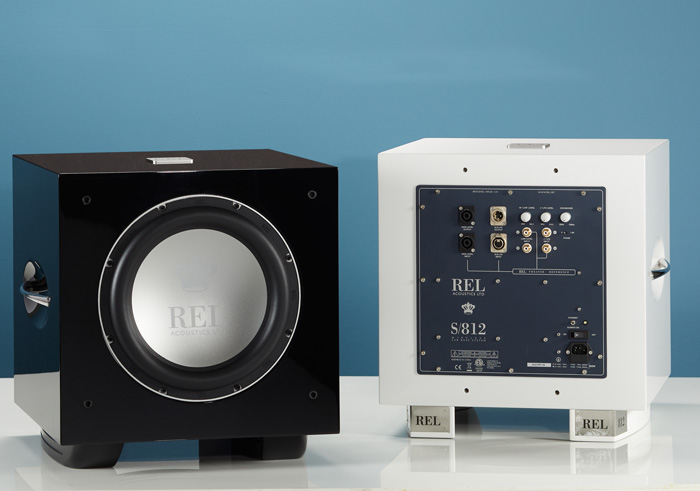Blog
We Take The High Road
REL design begins with the high level connection

It means everything to REL. But half the retailers throw it out with the box the subwoofer came in.
The Backstory
Its existence informs everything we do here at REL, and yet even many customers who purchase RELs don’t know what the unusual cable with the funny blue connector does and why it’s included with every unit. We call it a High Level Cable and it is intended to connect from your amplifier’s or receiver’s speaker terminals to a REL’s High Level Input. Do so, and your musical world, and your technical understanding of how music reproduction takes place, will explode.
Rewind the tape to the Spring of 1994, an old colleague I knew in Australia called me out of the blue and said, “Mate, you have to hear these subs. They’re from a bloke in Wales named Richard Lord and they’ll set your world on its ear.” I recall thinking “Subwoofers? Seriously? Who listens to subwoofers? All that thump and bump.” But I listened politely, he did have good ears and I hadn’t known him to be flaky on points of audio prior. So, I took down the maker’s name and phone number, rang Richard up the next day and 5 days later, a pallet with three subwoofers arrived. To cut the story short, after 2-3 days of break in and setup, I heard wonderful things from my high end 2-channel system that I had never heard before. I was completely hooked.
I called Richard the next week and told him of the wonderful benefits we had heard, he listened politely and late in the conversation, almost apologetically, he asked, “Did you by chance use the High Level Connector we supply?” No, I hadn’t, but it sounded so good that it wasn’t until a week later I remembered his suggestion and got around to hooking it up and that, as they say, was it. I had never heard a bigger difference in my hi fi life before nor since. I’ve been working on REL’s behalf, in one capacity or another, pretty much ever since.
How it works
So what is the High Level input? It allows RELs to effect a transparent connection to ones’ system that permits utterly seamless blending of main-speaker-to-subwoofer that, when properly adjusted, transforms a system from one you may have not even understood to be bandwidth limited and dynamically compressed, to a thing of massive beauty with dynamics and warmth and body, but with greater delicacy than you ever heard out of your system. In short, you will have been REL’d (I believe I’ve just turned our name into a verb).
You see, as the name input implies, the High Level Input is right at the input to our electronics. It steps down through a passive network of resistors —no active circuits or voltage splitters for us because these distort and sound generally awful—and into our crossover filters (where you adjust the volume and set crossover frequencies and set phase) before flowing into our power amplifier. This process means we focus on quality and shortness of signal path to maintain as much transparency to the original signal as possible. It means our signal path must be kept short to maximize the goodness baked into this design. But it delivers audibly faster, more transparent and immediate sound and this helps your system all the way up into the high frequencies.
Following this approach means we can’t get away with digital signal processing (DSP). Most subwoofer makers import the analog signal using an internal computer, process it digitally, then reconvert the signal back into analog where it continues on (DSP). It allows for massive manipulation of the signal, but takes additional time (music is all about getting timing right) and makes it sound like a computer manipulated the natural rhythm of music. That doesn’t work for us.
One common misconception that we often hear asked is “Do REL’s take power from your amplifier and use it to drive their subs.” Um, no. We do derive our input signal from your amplifier or receiver in order to feed forward to your REL the identical signal your speakers are being sent. And if you’re a cookbook engineer who wants to get all uppity and offended, “How can that make a difference? It still has to step the signal level down to a low level signal internally.” Yup that’s true, but it’s all in the how, not the what. I would simply suggest that you listen carefully to the system with and without the REL inserted before you make up your mind. It’s a reasonable request.











